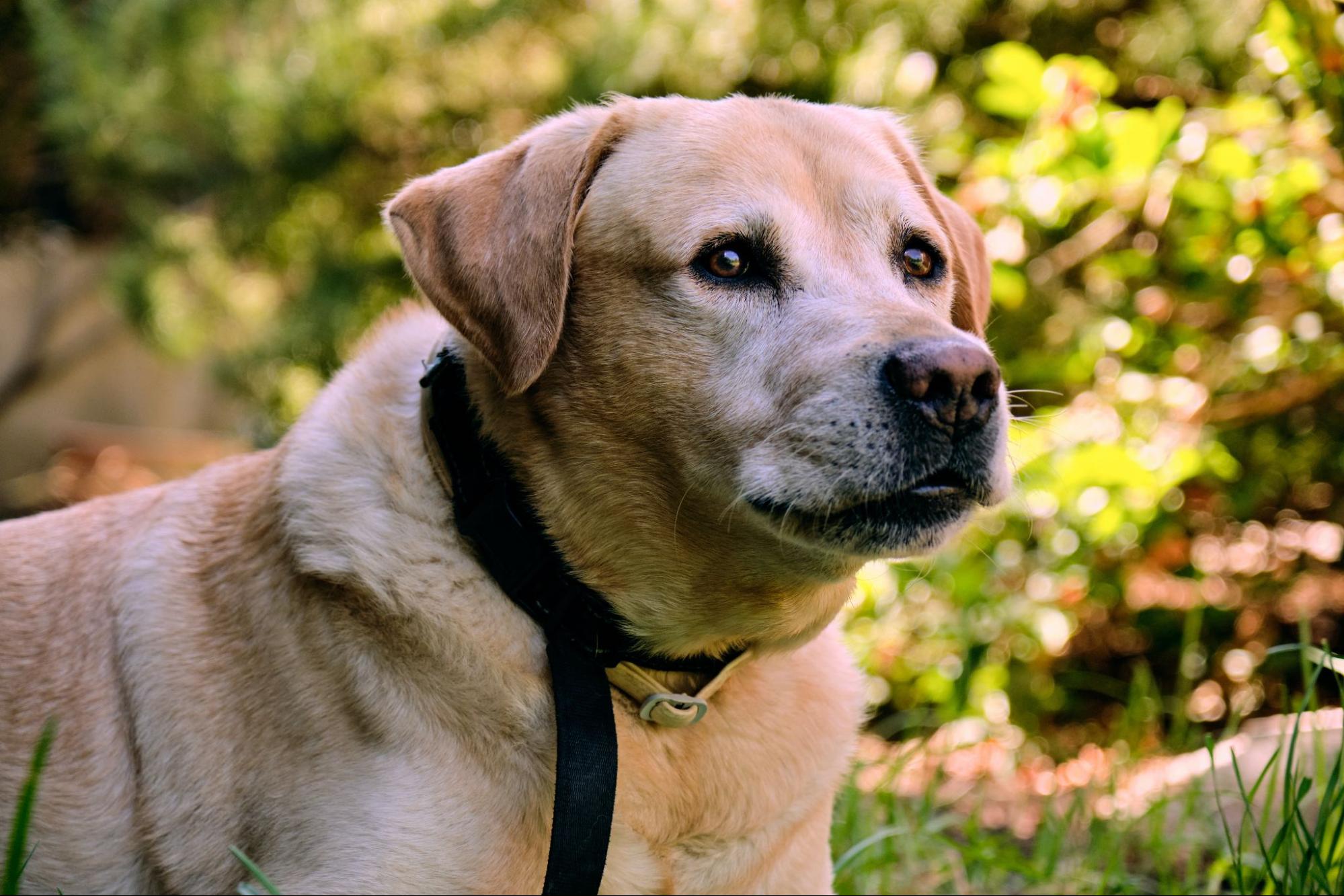How to Kennel Train a Dog with Separation Anxiety
Are you struggling to kennel train your Labrador with separation anxiety? Don’t worry, I’ve got some tips that can help. Training a dog with separation anxiety can be challenging, but with the right approach and patience, you can make progress.
Firstly, it’s important to choose the right kennel for your Labrador. Make sure it is spacious enough for them to stand up, turn around, and lie down comfortably. Introduce the kennel gradually by leaving the door open and encouraging your dog to explore it at their own pace.
Next, create positive associations with the kennel. Place treats or toys inside to entice your Labrador to enter willingly. Use verbal cues such as “kennel” or “go to bed” consistently so they understand what you want them to do.
To alleviate separation anxiety, practise short periods of crate time while you are still at home. Gradually increase the duration as your dog becomes more comfortable. Remember not to rush this process – take small steps and be patient.
Another helpful tip is providing mental stimulation before creating your Labrador. Engage in interactive play or go for a brisk walk to tire them out physically and mentally. A tired pup is more likely to relax in their crate.
Remember that each dog is unique, so find what works best for your Labrador when it comes to training methods and techniques. Seek guidance from a professional trainer if needed.
In conclusion, training a Labrador with separation anxiety takes time and patience. By following these tips and being consistent in your approach, you can help ease their anxiety and teach them that the kennel is a safe space for relaxation while you’re away.

Understanding Separation Anxiety in Labrador Retrievers
Labrador Retrievers are known for their friendly and outgoing nature, but just like any other dog breed, they can experience separation anxiety. Separation anxiety is a condition where dogs become distressed when separated from their owners or when left alone. It’s important to understand this behavior and how it affects Labradors in order to effectively train them and alleviate their anxiety.
Here are a few key points about separation anxiety in Labrador Retrievers:
- Causes of Separation Anxiety: There can be various reasons why Labradors develop separation anxiety. These may include changes in routine, previous traumatic experiences, lack of socialization, or even genetics.
- Signs of Separation Anxiety: Labradors with separation anxiety may exhibit certain signs such as excessive barking or howling, destructive chewing or digging, pacing, panting excessively, urinating or defecating indoors despite being house-trained, and attempts to escape confinement.
- Training Techniques: When dealing with separation anxiety in Labradors, kennel training can be an effective approach. Introducing the crate as a safe space can help alleviate their anxiety by providing them with a secure environment when you’re away.
- Gradual Desensitization: Start by getting your Labrador comfortable with the crate while you’re present at home. Gradually increase the duration of time spent inside the crate until they feel at ease being confined for longer periods.
- Positive Reinforcement: Always associate positive experiences with the crate by offering treats and praise when your Labrador enters voluntarily or remains calm inside the kennel.
- Establishing Routines: Creating predictable routines helps reduce stress and provide a sense of security for Labradors with separation anxiety. Stick to regular feeding times and exercise schedules before leaving them alone.
Remember that each dog is unique, so it’s essential to tailor your training approach to your Labrador’s specific needs. If you’re struggling with severe separation anxiety, seeking guidance from a professional dog trainer or behaviorist can be beneficial.
By understanding the causes and signs of separation anxiety in Labradors, and implementing proper training techniques such as kennel training, you can help your furry friend overcome their anxiety and develop a sense of comfort when left alone. With patience, consistency, and love, you’ll be on your way to successfully training your Labrador to manage their separation anxiety.